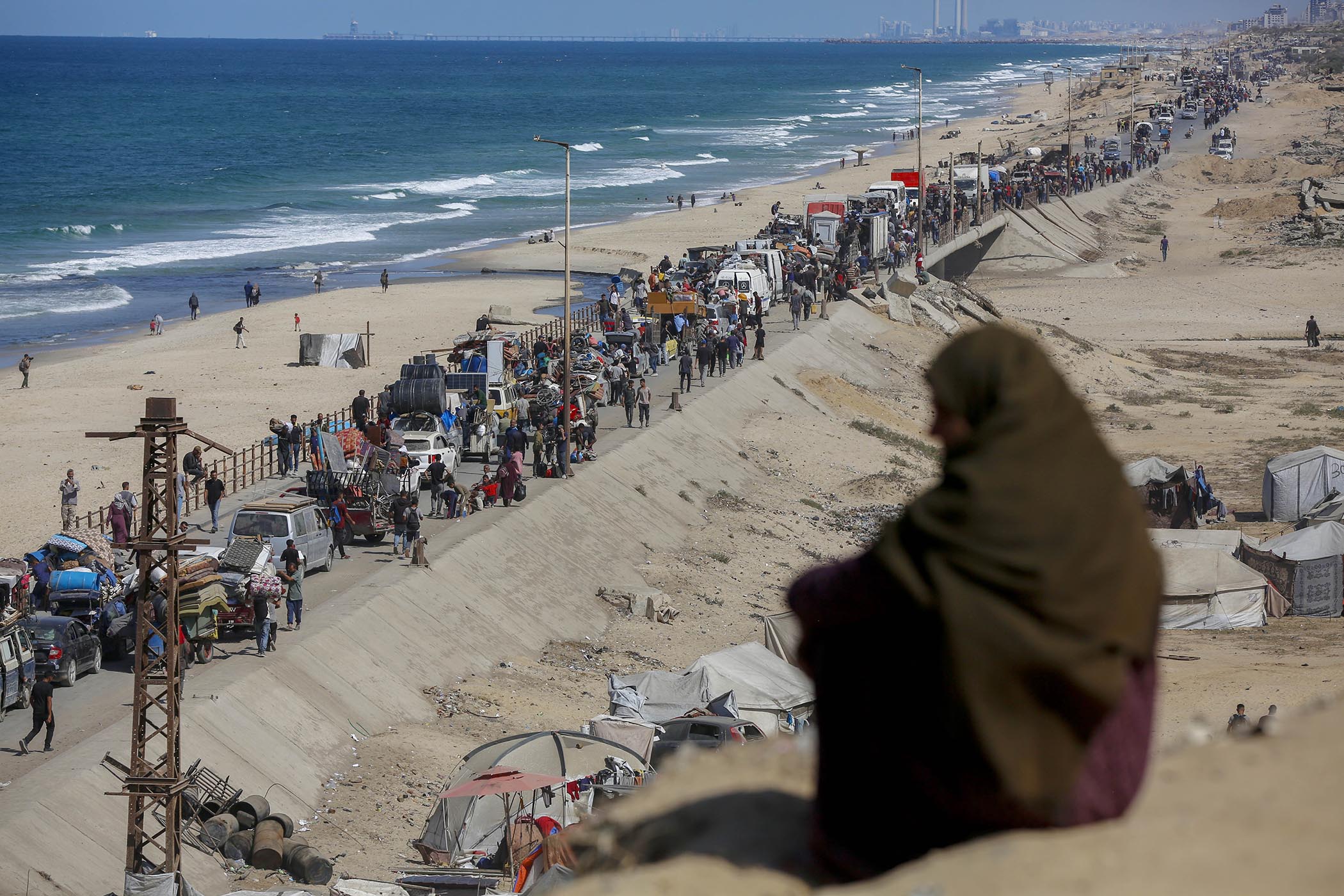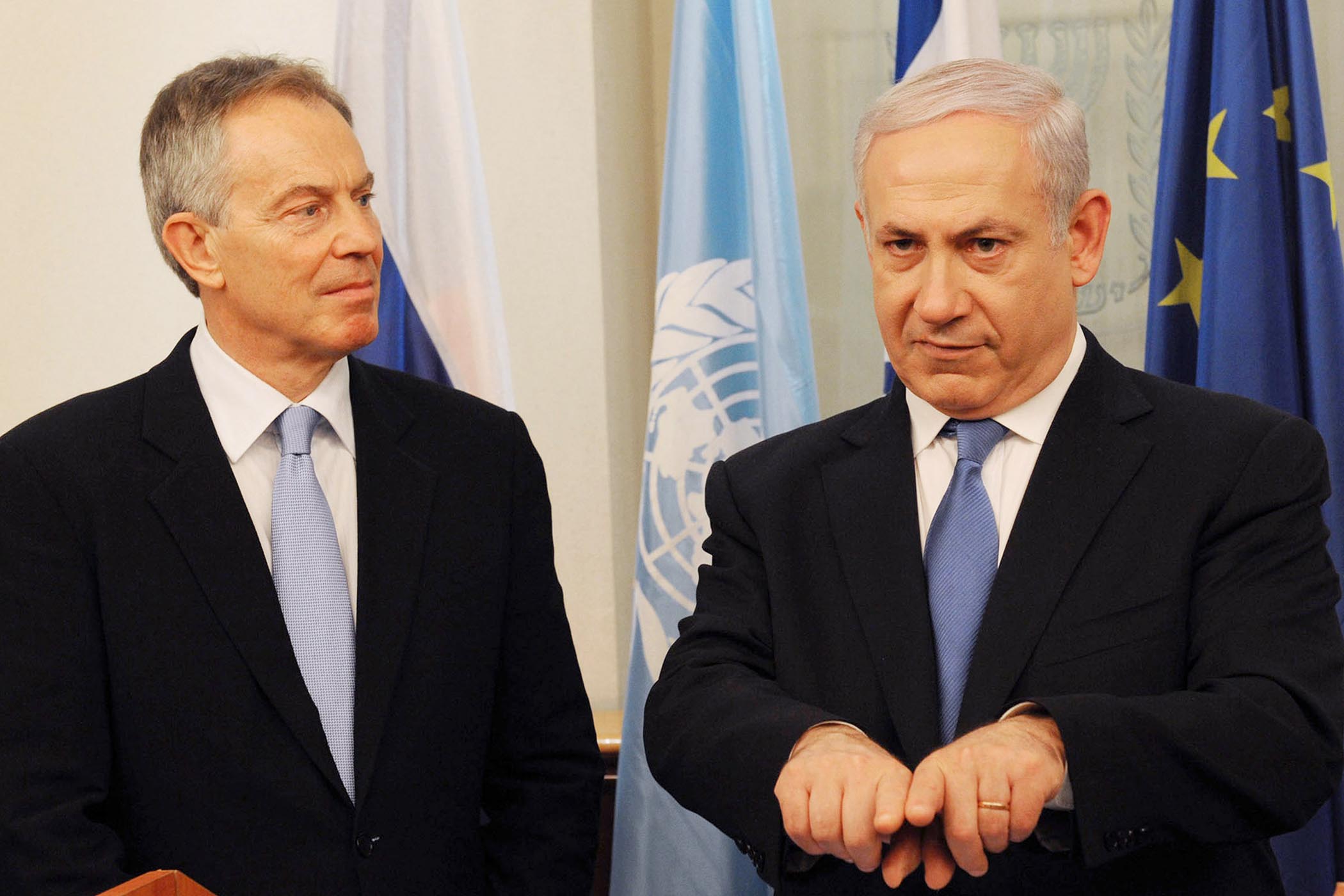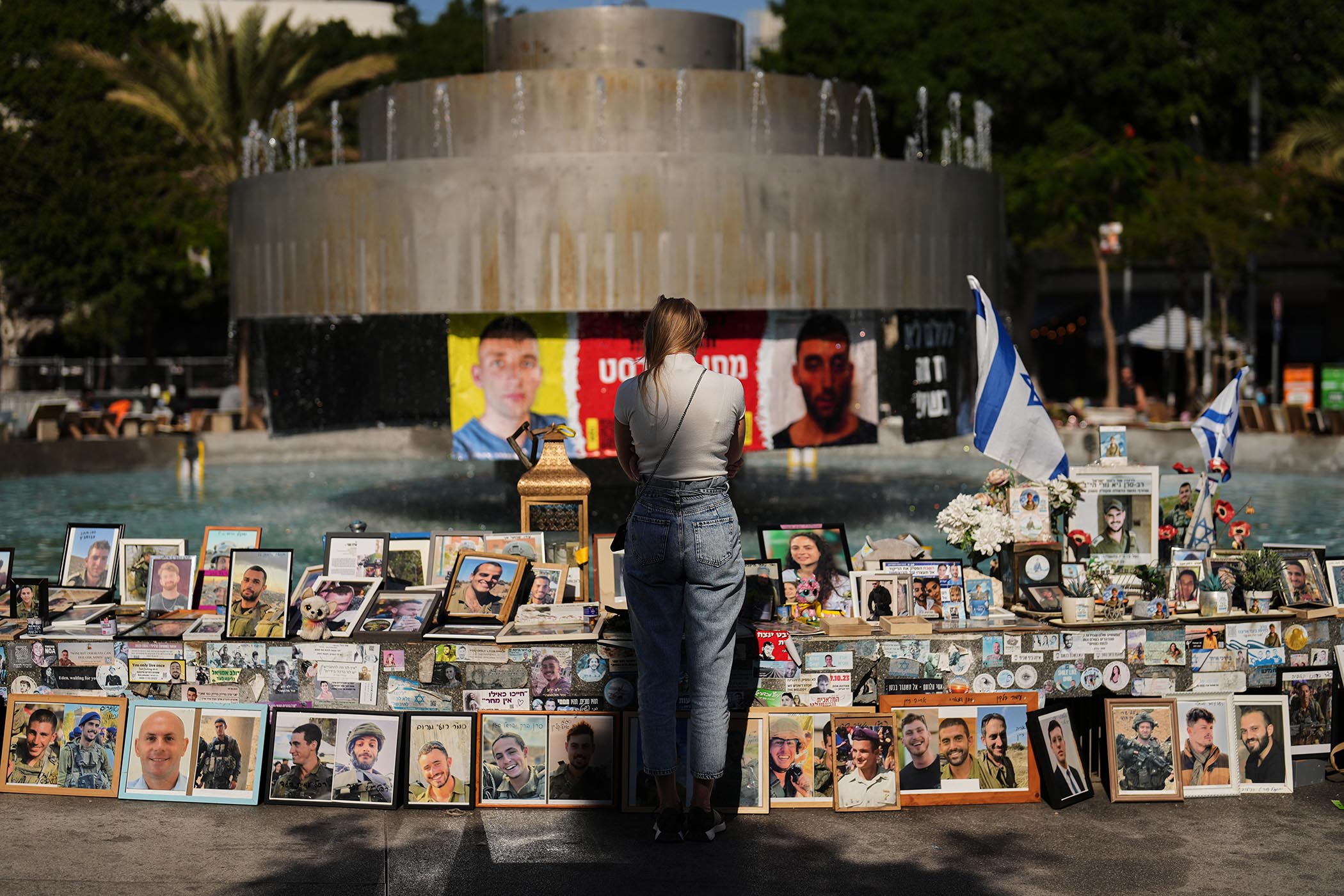
Without restoring Israeli and Palestinians’ shattered sense of security, this plan will be short-lived
For now, the nightmare in Gaza has stopped – but this isn’t the moment to dream. If there is to be a road from ceasefire to peace for Israelis and Palestinians, the only way to progress along it will be with eyes wide open, in small, deliberate and purposeful steps. Even setting out what those steps might be is a wake-up call to the difficulties ahead.
Step one: security. Israel’s sense of security was shattered on 7 October 2023; Palestinians have been progressively robbed of theirs by death, deprivation and famine. Without confidence on both sides that lives are secure, it’s not just that the process which began last week won’t arrive at a peaceful destination, it’s worse than that: there won’t even be a second step. As Donald Trump’s plan envisages, Hamas has to agree to a verifiable, phased disarmament, and Israel must reopen the Rafah crossing and allow all the food, medicine and supplies that Gaza needs to flood in, unfettered.
Step two: stability. The questions get more difficult. As Israel withdraws its forces to the borders of Gaza, it will leave a power vacuum inside, something that Benjamin Netanyahu’s government has always failed to address. In the absence of Hamas, who will run Gaza? The 20-point Trump blueprint envisages – vaguely – an interim, technocratic Palestinian administration. A multinational administration under the auspices of the United Nations would be preferable and more practical. Importantly, it would require Israel to overcome its unfounded contempt for the UN and begin the process of engaging countries in the region.
That matters because step two needs guarantors. In all likelihood, Hamas would not have agreed to a ceasefire without the involvement of countries in the region. That, however, only required words on paper; this needs boots on the ground – to monitor the ceasefire, to stand between Israeli forces and the Palestinian people, and the policing of Gaza itself. Where would some form of international stabilisation force draw its forces from? Speculation says Jordan, Egypt, Saudi Arabia, perhaps the Emirates. The fact is that not one of those countries has promised to do anything at all.
Step three: self-determination. Both the Israelis and the Palestinians have seen their lives determined and destroyed these last two years by the most violent and extreme voices in their communities. Elections next year give the Israeli people the chance to rid the country of Netanyahu’s catastrophic leadership.
Related articles:
The most surprising note sounded in the 20-point plan is its talk of finding an eventual pathway to Palestinian statehood or at least self-determination. The route towards it runs, circuitously, through the “Board of Peace”, chaired by Trump with Tony Blair as a key lieutenant.
Few people saw that proposal coming; fewer still would have it as their preferred option – and it conspicuously leaves a plan for the West Bank missing. But it’s the only element in the plan that demands Donald Trump’s continued engagement and that, alone, is enough to outweigh all the concerns. Pragmatically, without ongoing US involvement – and that means Trump’s – the prospects of peace are bleak.
The peace board should be a mayfly, short-lived. It can play an important role in marshalling the billions of dollars that are needed to rebuild Gaza, and restoring dignity to lives there, while others set about reforming the Palestinian Authority. A long-term, non-Palestinian solution to governing Gaza would be no solution at all.
Photograph by Anadolu/Getty Images






